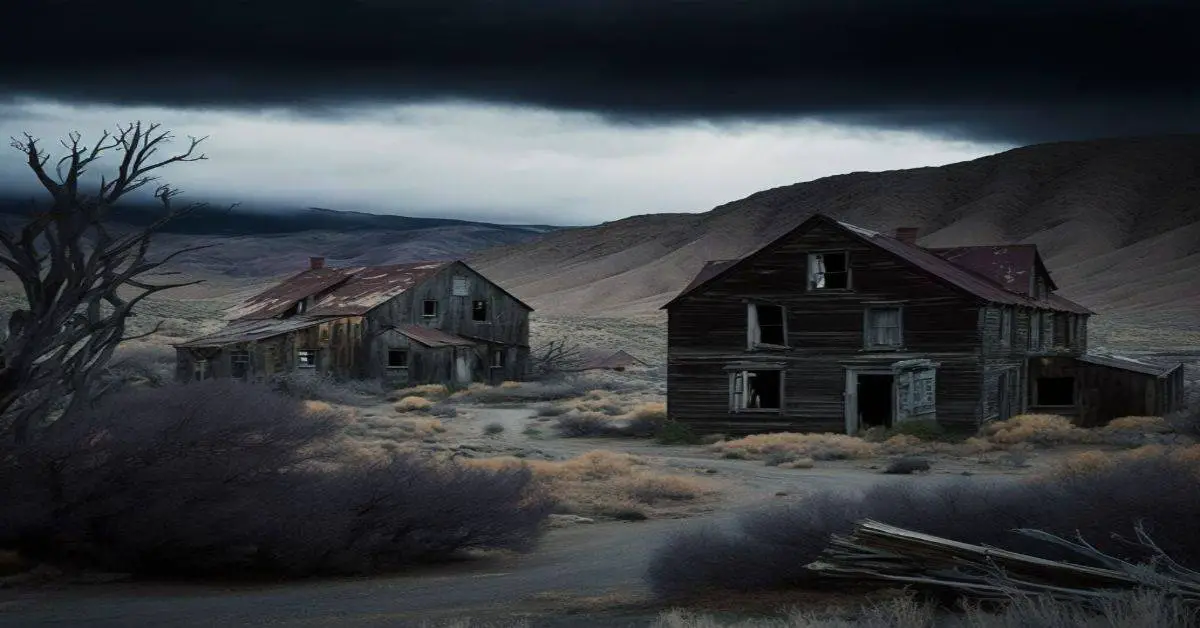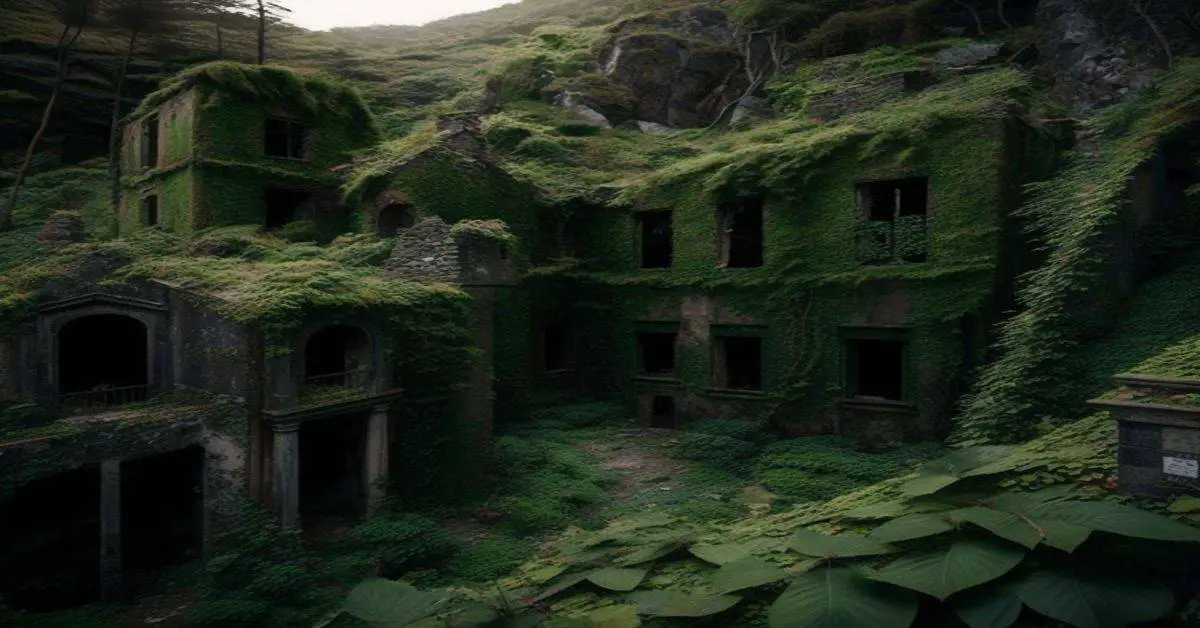Hot Springs, a once-thriving ghost town in Eureka County, Nevada, may have faded into obscurity, but its history and legacy continue to beckon visitors seeking a glimpse into the past.
Dubbed as the ‘white elephant’ of the West, this town’s soothing past is steeped in tales of miners seeking relief from their labors, and a physician’s vision of wellness.
Nestled amidst the rugged terrain of Nevada, Hot Springs was once a bustling destination for miners working in nearby Mineral Hill.
The town’s visionary physician owner built a grand bathhouse and renamed the springs to White Sulphur Springs, luring visitors with the promise of rejuvenation and relaxation.
However, with the decline of Mineral Hill, the town gradually lost its allure and eventually faded into obscurity.
Despite the loss of the wooden bathhouse, the hot springs still flow, offering a glimpse into the town’s past and the soothing benefits of the natural springs.
Key Takeaways
- Hot Springs in Eureka County, Nevada was once a popular destination for visitors seeking the therapeutic benefits of its hot springs.
- The closure of Mineral Hill in the mid-1870s significantly impacted the town’s tourism industry, and the doctor eventually closed the bathhouse.
- The hot springs still flow with highly mineralized water, making them a popular destination for hikers and nature enthusiasts.
- Visitors can still enjoy the active mineral springs at the former site of the White Sulphur Springs bathhouse in Eureka County, Nevada, which attract many tourists seeking to experience their therapeutic effects.
History and Background
Hot Springs, a ghost town in Eureka County, Nevada, was once a popular destination for visitors seeking the therapeutic benefits of its hot springs. The town’s physician owner built a large bathhouse and renamed White Sulfur Springs springs, which proved particularly helpful for miners at nearby Mineral Hill. The bathhouse attracted many visitors and was a significant source of income for the town.
However, the closure of Mineral Hill in the mid-1870s significantly impacted the town’s tourism industry, and the doctor eventually closed the bathhouse.
Despite the decline of tourism in Hot Springs, the town remains significant for its geological features. The hot springs still flow with highly mineralized water, making them a popular destination for hikers and nature enthusiasts. Visitors can experience the soothing effects of the hot springs while enjoying the rugged beauty of the surrounding desert landscape.
Although the wooden bathhouse is no longer standing, the geological significance of Hot Springs ensures that the town continues to attract visitors to this day.
The Bathhouse and Mineral Hill
The bathhouse at White Sulphur Springs was constructed by the owner, a physician, and proved particularly beneficial for miners at the nearby Mineral Hill. The bathhouse was a grand wooden structure that was considered an architectural marvel of its time. It was designed to accommodate many people simultaneously, with separate sections for men and women.
The physician had installed a complex system of pipes to bring the hot water from the springs to the bathhouse, where it was heated and pumped into the various pools and tubs. However, business at the bathhouse began to decline in the late 1860s, as Mineral Hill’s mining boom started to slow down.
The miners who had previously frequented the bathhouse were leaving the area, and no new customers were taking their place. The physician decided to close the bathhouse in the mid-1870s, and no other interest emerged in the area. Despite the decline of Mineral Hill, the bathhouse remained a testament to the ingenuity and innovation of the time.
Present-Day Hot Springs
Visitors can still enjoy the active mineral springs at the former site of the White Sulphur Springs bathhouse in Eureka County, Nevada. The hot springs, which are known for their healing properties, attract many tourists seeking to experience their therapeutic effects. The water temperature at the springs ranges from 100 to 106 degrees Fahrenheit, making it an ideal destination for relaxation and rejuvenation.
Aside from the hot springs, the area is also home to various local wildlife. Visitors may come across animals such as deer, coyotes, rabbits, and various bird species in the surrounding areas. The peaceful and serene environment of the hot springs makes it an excellent location for nature enthusiasts who want to observe and appreciate the local flora and fauna.
Overall, the hot springs at the former site of White Sulphur Springs bathhouse continue to be popular for tourists seeking a unique and relaxing experience in the heart of Nevada.
Frequently Asked Questions
What other industries or activities were present in Hot Springs besides the bathhouse and mining at Mineral Hill?
Despite the decline of the bathhouse and mining at Mineral Hill, there is no record of any other industries or annual events in Hot Springs. The region remains a place of interest for those fascinated by history and natural hot springs.
Are there any legends or folklore associated with the hot springs or the town of Hot Springs?
No legends or folklore about Hot Springs or its hot springs have been recorded. There are no reports of mysterious happenings in the area.
What was the population of Hot Springs at its peak, and how did it compare to other towns in the area?
As no historical records exist, Hot Springs’ peak population is unknown. An economic impact analysis is also unavailable. However, it was likely smaller than nearby Mineral Hill, which had a population of around 2,500 in the 1860s.
Were there any notable visitors or residents of Hot Springs during its heyday?
Notable visitors and residents of Hot Springs during its heyday remain unknown. No famous figures in Hot Springs’ history are recorded, and the town’s decline in the mid-1870s left little opportunity for notable individuals to emerge.
Has there been any recent development or interest in reviving the town or the hot springs for tourism or other purposes?
Recent developments in Hot Springs are limited, and there is little potential for the town’s revival as a tourist destination due to its remote location and lack of infrastructure. The hot springs remain active but are not currently developed for use.


